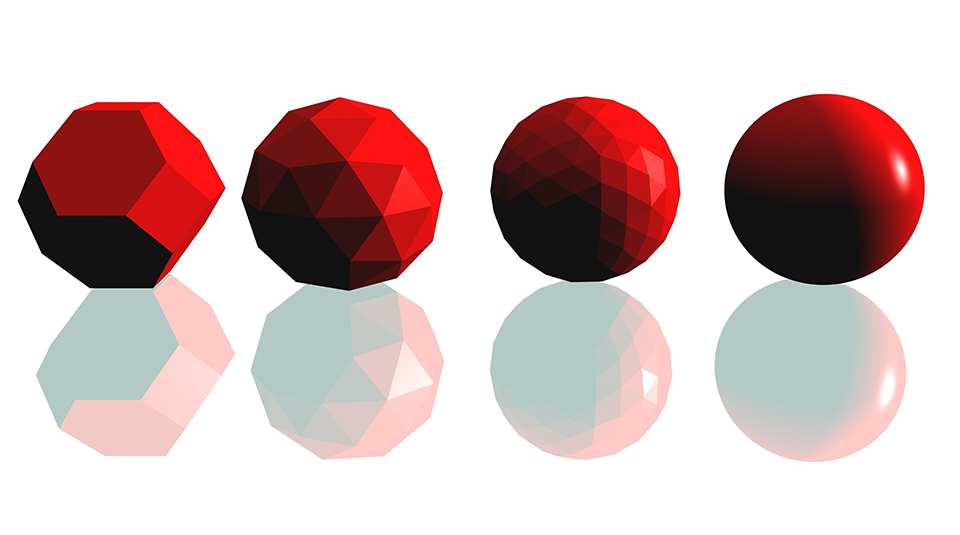See also
In the brief history of neobanks, Australia has already managed to conjure up a range of different stories and outcomes. There is a neobank that has given up and handed back its licence, neobanks that are successfully going it alone, and a neobank that has capitalized on early success by selling itself to an incumbent.
There are things to learn from all three experiences.
Most of Australia’s neobanks have their roots in the big four banks.
Thanks for your interest in Euromoney!
To unlock this article:





